Table of content
Creating a perfect chiffon cake can be a delightful culinary endeavor, but it often comes with its set of challenges, particularly the fear of it collapsing after baking. A well-made chiffon cake should be light, airy, and have a tender crumb, with a soft, fluffy texture that melts in your mouth. However, achieving this can seem like an elusive goal for many bakers, especially beginners. In this comprehensive guide, we’ll delve into the secrets of how to make a chiffon cake that rises beautifully and stays intact, ensuring your dessert is both visually appealing and deliciously satisfying.
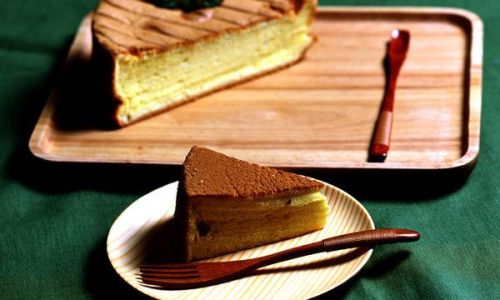
Understanding the Basics of Chiffon Cake
Before diving into the steps, it’s crucial to understand what makes chiffon cake unique. Unlike other types of cakes, chiffon relies heavily on egg yolks for richness and egg whites for lift, combined with a minimal amount of oil and a higher ratio of liquid to flour. This combination, along with the use of baking powder (sometimes) and the absence of butter, results in a cake that is incredibly moist and light. The secret to its success also lies in the meticulous folding of whipped egg whites into the batter, which introduces air pockets that expand during baking, giving the cake its signature height and fluffiness.
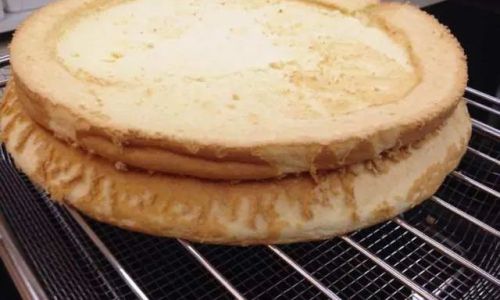
Ingredients and Their Roles
- Egg Whites and Yolks: Egg whites provide structure and lift, while yolks add richness and moisture.
- Sugar: Not only does it sweeten the cake, but it also helps with browning and acts as a tenderizer.
- Flour: Provides structure and helps the cake set during baking.
- Oil: Adds moisture without the heaviness of butter.
- Milk or Water: Increases moisture content and aids in batter consistency.
- Vanilla Extract or Other Flavorings: Enhance the cake’s taste.
- Baking Powder (Optional): Can be added for extra lift, though not traditional in all chiffon cake recipes.
Step-by-Step Guide to Making a Fluffy Chiffon Cake
Preparation is Key
- Preheat Your Oven: Ensure your oven is preheated to the correct temperature (usually around 325°F or 165°C).
- Prepare Your Pan: Use an ungreased chiffon cake pan or line it with parchment paper at the bottom but not the sides to allow for proper climbing.
Separate and Prepare the Eggs
- Separate the egg whites from the yolks carefully, ensuring no yolk gets into the whites as this can prevent them from whipping properly.
- Place the egg whites in a clean, dry bowl and refrigerate them until needed. This helps them whip up to a better volume.
Mix the Yolk Mixture
- In a large bowl, whisk together the egg yolks and sugar until pale and thickened.
- Gradually add the oil, mixing well after each addition.
- Incorporate the milk or water and vanilla extract.
- Sieve in the flour and gently fold it in using a spatula until just combined. Avoid overmixing to prevent gluten development, which can make the cake dense.
Whip the Egg Whites
- In a clean bowl, whip the chilled egg whites until they form stiff peaks. This is crucial for the cake’s rise.
Combine the Mixtures
- Add a dollop of the whipped egg whites to the yolk mixture and gently fold to lighten it.
- Gradually fold in the remaining egg whites in three additions, being careful not to deflate the batter. Use a cutting and folding motion to gently incorporate the whites.
Pour and Bake
- Pour the batter into the prepared pan and smooth the top with a spatula.
- Bake in the preheated oven for about 35-45 minutes, or until a toothpick inserted into the center comes out clean.
Cool Properly
- Once baked, immediately invert the cake pan onto a wire rack to cool completely. This prevents the cake from collapsing by allowing it to set slowly as it cools.
- After it has cooled completely, run a knife around the edges to loosen the cake and carefully remove it from the pan.
Troubleshooting Common Issues
- Cake Collapses After Cooling: This often happens due to underbaking or improper cooling. Ensure the cake is fully baked and allow it to cool completely inverted.
- Dense or Heavy Cake: Overmixing the batter or using too much flour can lead to a dense texture. Be gentle when folding and measure flour accurately.
- Cake Sticks to the Pan: Using parchment paper at the bottom and ensuring the pan is not greased on the sides can help prevent sticking.
Tips for Success
- Use fresh eggs for better whipping results.
- Measure ingredients accurately, especially flour.
- Avoid opening the oven door frequently during baking as this can cause the cake to fall.
- Invest in a good-quality oven thermometer to ensure accurate baking temperatures.
- Practice patience; mastering chiffon cake takes time and practice.
In conclusion, making a chiffon cake that doesn’t collapse is an achievable goal with the right techniques and understanding of the ingredients. By following the steps outlined above and paying attention to detail, you can create a beautiful, fluffy chiffon cake that will impress both your taste buds and your guests. Happy baking!
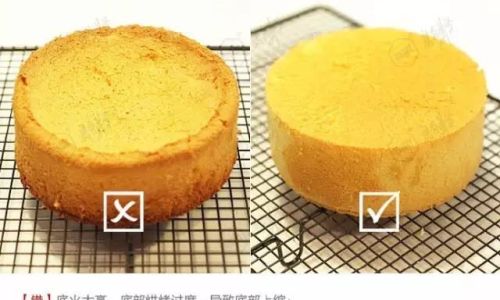
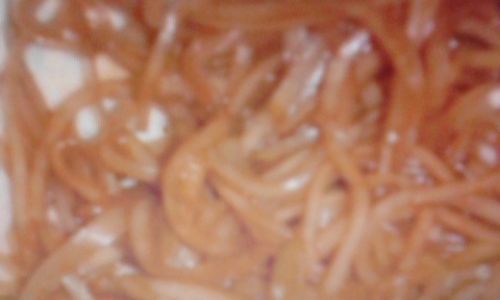
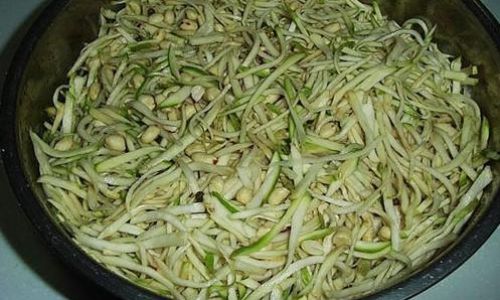
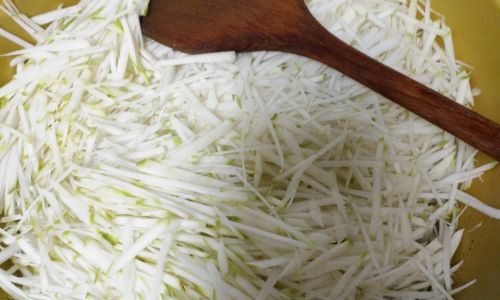

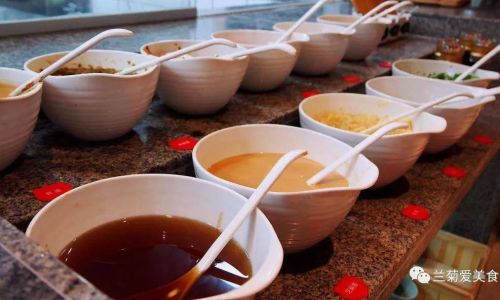

0 comments